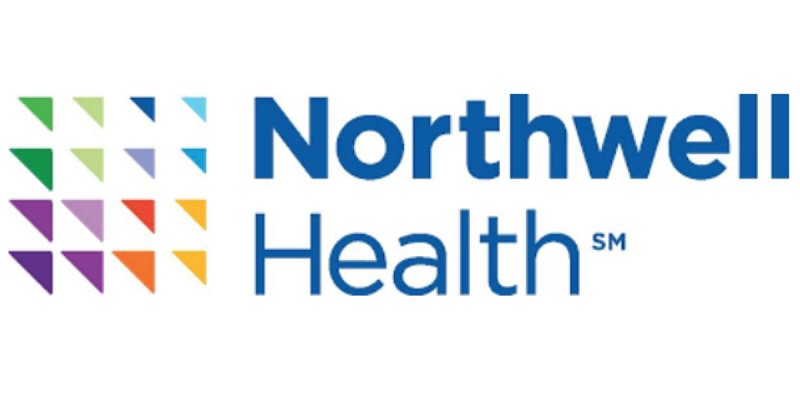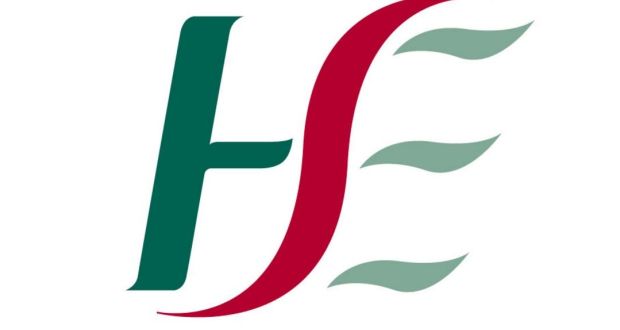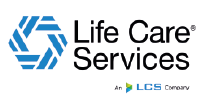How Dental Clinics Benefit from Automated Shift Rotations
In the fast-paced world of dental care, patient demand is rising while staffing resources remain stretched. From general practices to orthodontic clinics and oral surgery centres, dental teams are under pressure to meet increasing workloads while managing limited staff availability. To stay efficient and deliver high-quality care, many dental clinics are now embracing automated shift rotations as a core part of their workforce management strategy.
This article explores how automated shift scheduling tools, like those offered by CliniShift, are transforming how dental clinics operate, benefiting both clinic managers and clinical staff.

The Staffing Challenges Dental Clinics Face
Like other parts of the healthcare system, dental practices are facing a range of staffing issues:
- Last-minute absences that cause rescheduling headaches
- Manual rota systems that are prone to errors or conflicts
- Part-time professionals who require flexible schedules
- High patient expectations for timely appointments and continuity of care
These issues are further compounded by increasing administrative burdens and regulatory compliance. As a result, clinic managers are actively seeking digital tools to simplify the process of managing rotas.
This is where automated shift rotation systems provide a critical advantage.
Platforms like CliniShift allow clinic managers to:
- Set availability rules for each team member
- Quickly adjust schedules when absences occur
- Broadcast open shifts to suitable staff via real-time alerts
This digital-first approach replaces outdated manual rota systems, reduces admin time, and minimizes the risk of human error.

Key Benefits for Dental Clinics
- Improved Staff Coverage and Continuity of Care
When patient care is disrupted by understaffing, dental practices suffer reputational damage and revenue loss. Automated shift rotations ensure that gaps in the rota are identified and filled quickly, often using features that function like the Broadcasts tool or real-time push notifications.
This helps maintain consistent patient service by ensuring:
- Dental assistants and staff are always available
- Clinical workflows remain uninterrupted
- Patients don’t experience cancelled or delayed appointments
- Greater Fairness and Transparency
Fair scheduling is a frequent source of tension in dental teams, especially in clinics with mixed part-time and full-time staff.
This leads to:
- Fewer staff complaints
- Higher team morale
- Greater transparency in rota management
Moreover, team members can access their schedules and update availability through self-service scheduling apps, giving them more control over their working lives.
- Time Savings for Practice Managers
Practice managers often spend hours each week creating, editing, and communicating rota updates. With an automated system, they can generate schedules quicker and cover gaps efficiently. Resulting in:
- Rapid shift coverage
- Reduced administrative workload
- Better use of managerial time
By freeing up this time, managers can focus more on patient experience, compliance, or operational improvements.
- Enhanced Flexibility for Modern Dental Teams
Dental professionals increasingly seek flexibility in their work schedules, especially those balancing clinical roles with family commitments or studying. Automated shift systems support this trend by:
- Allowing team members to set preferred working times (mark their availability)
- Enabling managers to offer open shifts to multiple eligible staff
- Reducing last-minute rota changes
This flexibility makes it easier to retain talented staff, reduce burnout, and adapt to workforce availability without compromising patient care.
- Integration with Broader Staffing Technology
Modern workforce platforms like CliniShift don’t just automate rotas, they integrate with wider workforce tools, such as:
- Broadcast messaging for protocol changes or shift updates
- Time-off management
- Availability management
These integrations help dental clinics maintain a full view of staffing operations, reducing duplication of effort and increasing visibility.
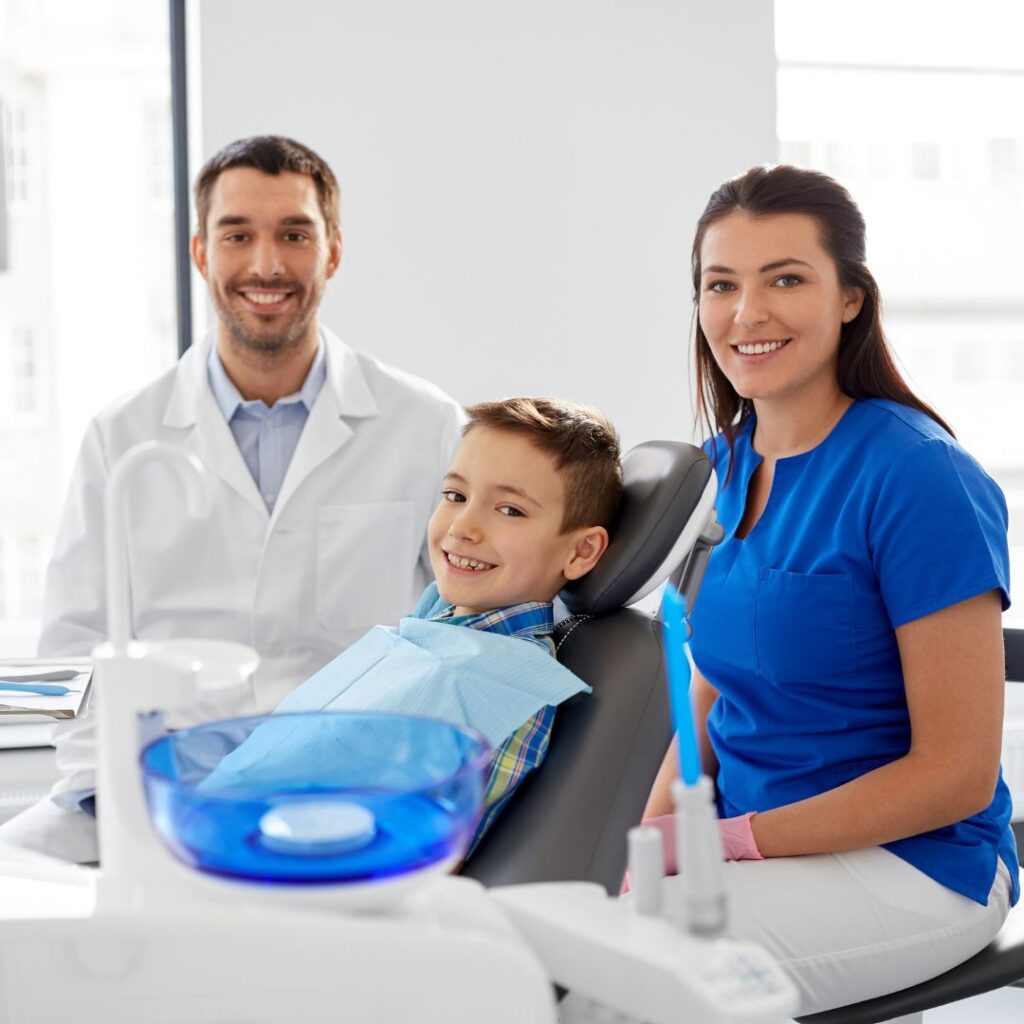
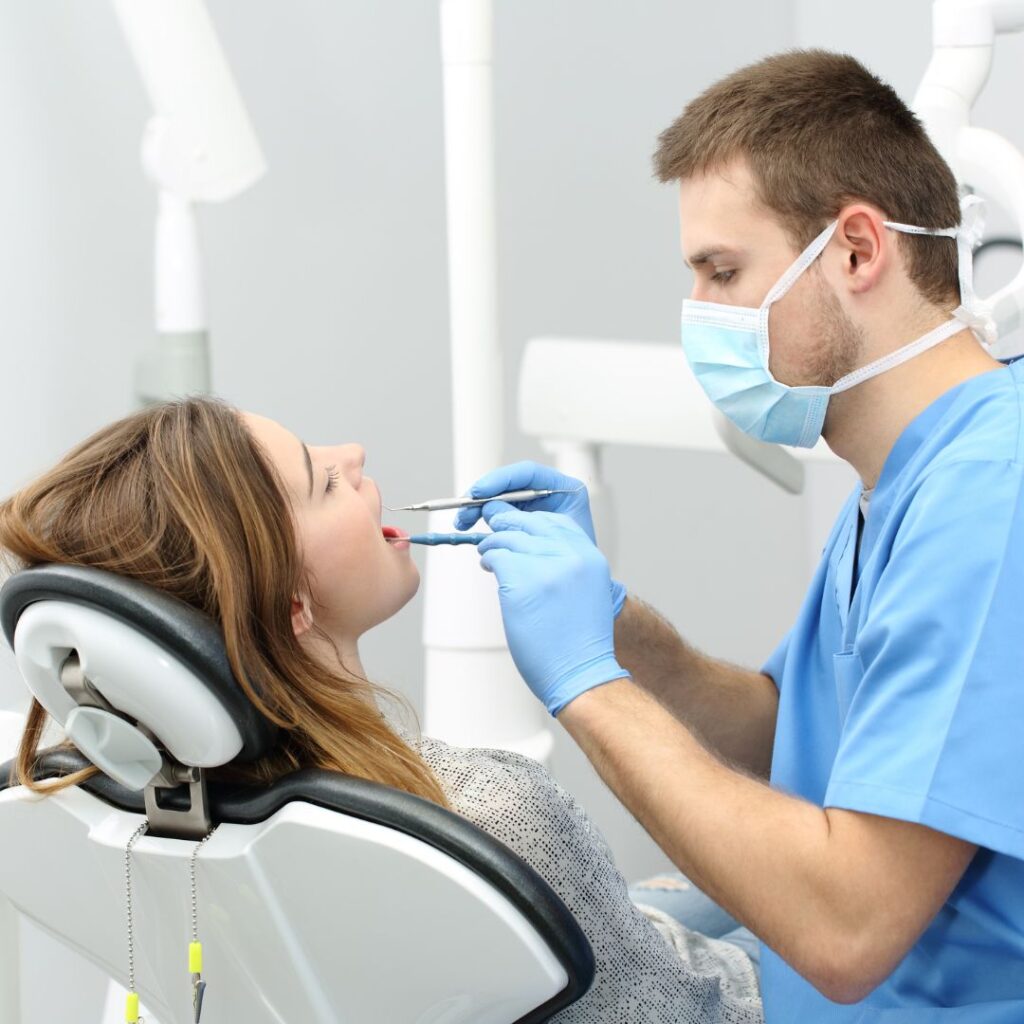
Reducing No-Shows and Downtime
Imagine a busy dental surgery with three chairs and a mix of full-time and part-time staff. Traditionally, the manager spends each Friday manually preparing the rota for the following week, chasing staff via phone or email to confirm availability. If a dental nurse calls in sick on Monday morning, there’s a scramble to fill the gap.
Now imagine that same clinic using CliniShift’s scheduling software:
- Staff input their availability in advance
- If someone drops out, managers can send out an urgent broadcast to qualified staff for cover
- The shift is filled within minutes
This results in fewer patient cancellations, better team morale, and significantly less stress for the clinic manager.
Conclusion: Future-Proofing Dental Staffing with Automation
As dental practices face growing demand and more complex workforce structures, adopting automation is important. Automated shift rotations not only streamline operations but also improve staff satisfaction and patient care.
By using intelligent scheduling systems, clinics can:
- Ensure optimal staffing at all times
- Respond quickly to unplanned absences
- Foster a more equitable and collaborative team culture
- Focus their efforts on delivering outstanding dental care
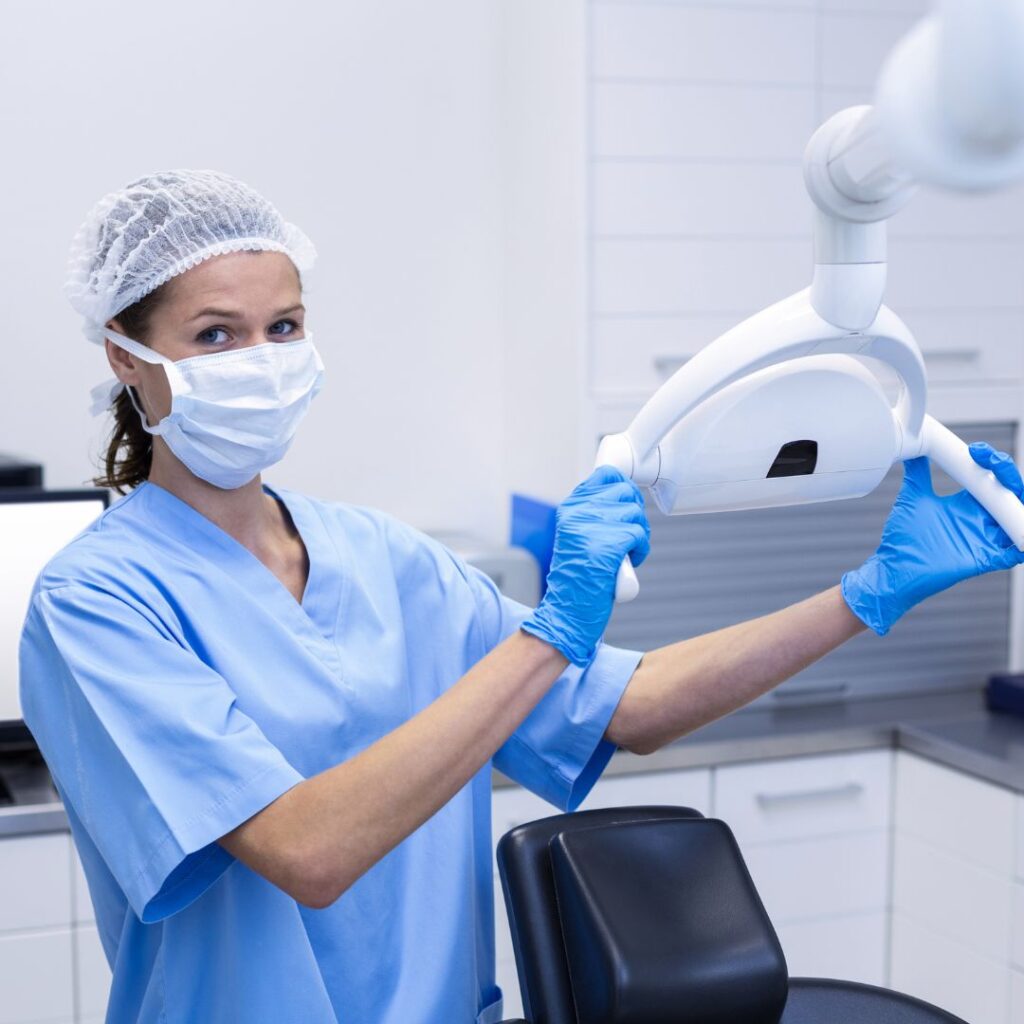
What type of organisation can avail of the CliniShift Manager?
- Acute Hospitals
- Hospices
- Outpatients
- Senior Living
- Urgent Care Centers
- Dental Clinic

